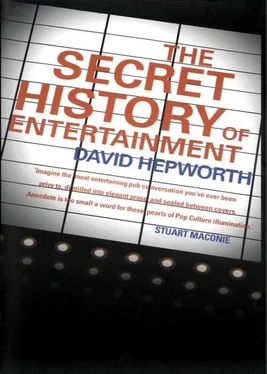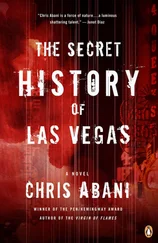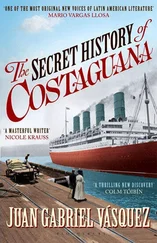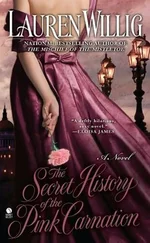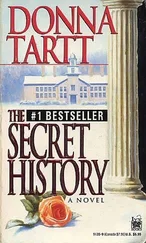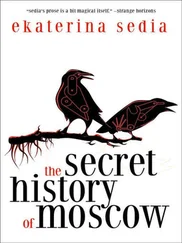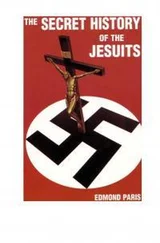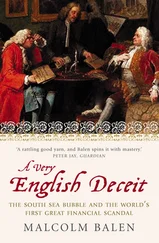Alan Ladd, Hollywood superstar of the cowboy era of the 1950s, was remarkably small for an action hero. He had been malnourished as a child and once burned down the family apartment playing with matches. His mother called him ‘Tiny’, and when an interviewer once asked what he would change about himself he replied, ‘Everything’.
Estimates of Ladd’s precise stature begin at five foot four, but even the most generous go no higher than five foot six. Love scenes were always a problem. When he appeared with Sophia Loren in the 1957 movie Boy on a Dolphin he had to stand on a fruit box for the love scenes. James Mason made it clear that if he was to co-star with Ladd in the film Botany Bay he was not going to do what many of Ladd’s male costars had done, which was to stand in a trench to save the lead’s dignity. Ladd died in 1964, apparently after an accidental overdose of pills and alcohol.
Even at five foot six he was still an inch taller than Dustin Hoffman and the same height as Al Pacino, and would have fitted in with many of the biggest names in Hollywood today. Tom Cruise’s official height is five foot seven, while even Tobey Maguire and Joaquin Phoenix claim no more than five foot eight. Michael Caine, who’s six foot two, has been around long enough to note the change with what he calls ‘the emergence’ of ‘a generation of very talented small people. Maybe they are more ambitious because they are more angry because they are short.’
THE BABYSITTER WHO INVENTED COUNTRY ROCK
In 1972 Emmylou Harris was a twenty-four-year-old single mother singing folk songs by night in a Washington club called Clyde’s. One night Rick Roberts of The Flying Burrito Brothers happened to hear her perform ‘It Wasn’t God That Made Honky Tonk Angels’. He was so impressed that he returned the following evening with fellow Burrito Chris Hillman. Two nights later, The Burritos were preparing to play a show fifty miles away when they were joined backstage by former member Gram Parsons. He told Hillman he was planning a new record for which he needed a featured girl singer. Hillman said he had heard a fine singer a couple of nights earlier but couldn’t remember her name and didn’t have her number.
At that very moment a girl fan who happened to be backstage with the band announced that she was Harris’s babysitter and obviously had her number. Introductions were made. Parsons and Harris met and sang together. Harris recorded Parsons’s first solo album G.P. with him and country rock was born. ‘I lucked into this whole thing,’ said Harris years later. ‘One little millimeter would have made the difference. If my babysitter hadn’t been at that Flying Burrito Brothers concert and given Gram my phone number, if Gram hadn’t come into my life, who knows what would have become of me?’
MONKEE MOMMA MAKES MILLIONS
Bette Nesmith Graham was a single mother working as a typist in Dallas in the early 1950s when she came up with the idea of a white correction fluid that she initially called Mistake Out. She began manufacturing it herself, at first in her kitchen, using her son Michael and his friends to bottle and sell the product to office supply dealers. She changed the name of the product to Liquid Paper and moved into larger premises in 1968, by which time Michael had become a member of the chart-topping Monkees and made more money in a year than her business had done in the previous ten. She eventually sold her share of the business to Gillette in 1979 for $49 million plus a royalty on every bottle for the rest of the century. Sadly she died the following year at the age of fifty-six, leaving her son with a significant amount of money, an important collection of the work of women artists and a charitable organisation called The Gihon Foundation.
ENGLISHMEN WERE THE GODFATHERS OF AMERICAN ROOTS MUSIC
Don Law was born in comfortable circumstances in London in 1902. He sang with the London Choral Society. Young enough to escape conscription in the First World War, he packed his bag in 1923 and emigrated to the United States where he sold etchings in New York and ranched sheep in Alabama before becoming first a bookkeeper and then a talent scout for the American Record Corporation in Dallas, Texas. In those days the northern-based companies were looking for interesting performers in the emergent blues and country fields and would set up their recording equipment in southern hotel rooms, where they would make acetates, buying all rights in exchange for a fistful of dollars.
This Englishman was in charge at a session during Thanksgiving week 1936 in the Gunther Hotel in San Antonio, Texas when one young artist came in, sat facing the corner and played his entire repertoire of blues songs. The young artist was Robert Johnson and the songs recorded that day, ‘Crossroads’, ‘Me & The Devil’, ‘Hellhound On My Trail’ and others, announced the blues equivalent of a Miles Davis or Mozart.
Law went on to have one of the most successful A&R careers in country music, working with everyone from Johnny Cash down. But neither he nor his subsequent boss at Columbia, ‘Uncle Art’ Satherley, made much distinction between blues, hillbilly and other forms of southern music.
Arthur Satherley was born in Bristol in 1889. He emigrated to America in his twenties and found work in a Wisconsin furniture factory that made cabinets for record players. Moving into the record business, which was starting to flourish in the prosperous years following the War, he graduated to spotting and recording talent such as Blind Lemon Jefferson, Alberta Hunter and King Oliver before becoming hugely successful producing Bob Wills and Gene Autry. According to Donald Clarke’s book The Rise & Fall Of Popular Music, ‘Satherley loved American rural music and regarded all of it as country music, whether white or black, but according to the institutionalised racism of the era it had to be divided into “race” and “hillbilly” music.’ Both Law and Satherley were inducted into the Country Music Hall of Fame in later years.
The name Pink Floyd may nowadays be associated with psychedelia and the pulsing colours of liquid light shows, but it owes its origins to a very different tradition. Floyd founder Roger ‘Syd’ Barrett put together the names of two completely unconnected and very obscure bluesmen, Pinkney Anderson and Floyd Council, to make a name for his band. The two men, who both laboured in obscurity in the Carolinas and died in the 1970s, never played together and were never featured on an album together, but for the foreseeable future their names remain yoked in the public imagination.
BROWN M&MS AND OTHER ROCK STARS’ RIDERS
‘There shall be no brown M&Ms in the backstage area, upon pain of forfeiture of the shows with full compensation’ was the line that Van Halen had inserted into their agreement with promoters of their live shows in the 1980s. This wasn’t there because the band had particular confectionery preferences so much as to provide them with a stick with which to beat promoters who failed to provide more important things like satisfactory access to a venue or adequate power supply.
But since those simple days the supplies and services stipulated in contract ‘riders’ tell their own story of the increasing cynicism of the music business and the Napoleonic delusions of some of its bigger names. The following examples were culled from the excellent Smoking Gun website (www.thesmokinggun.com) and come from actual contracts.
Luciano Pavarotti’s contract stipulates ‘there must be no distinct smells anywhere near the Artist’.
Читать дальше
